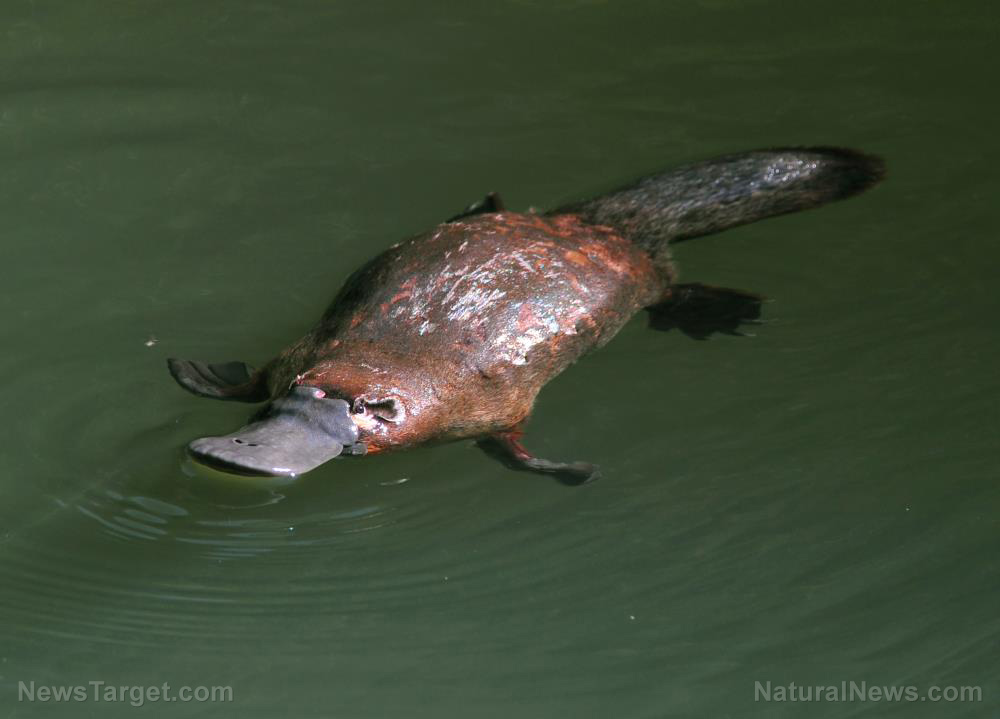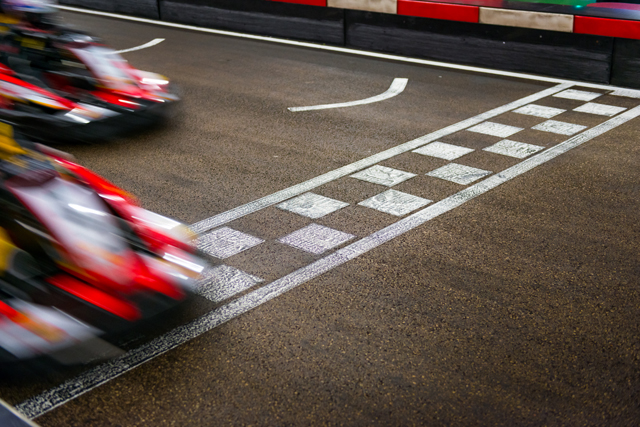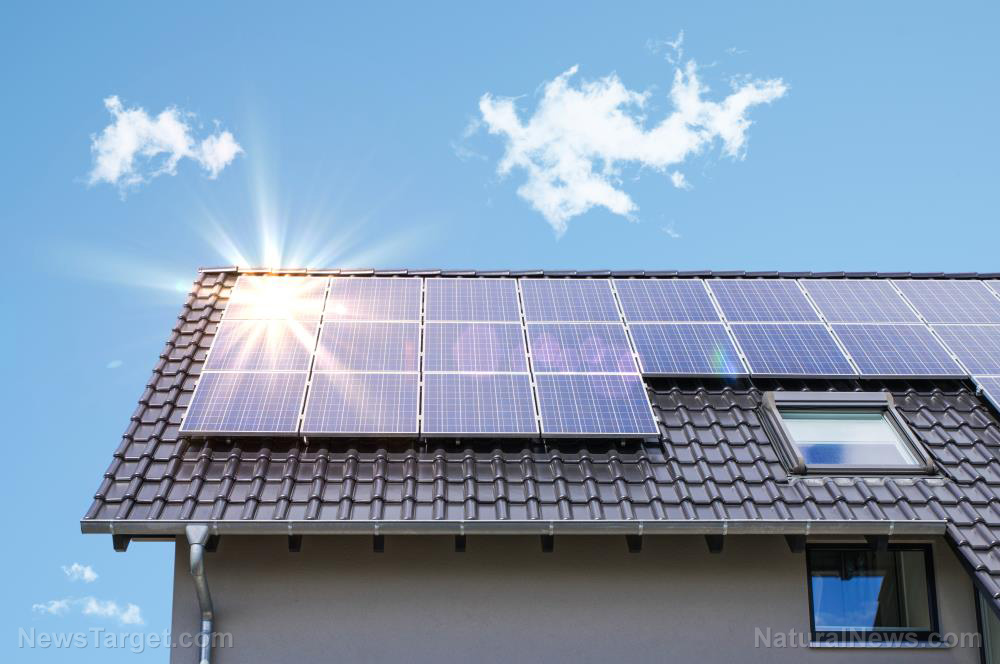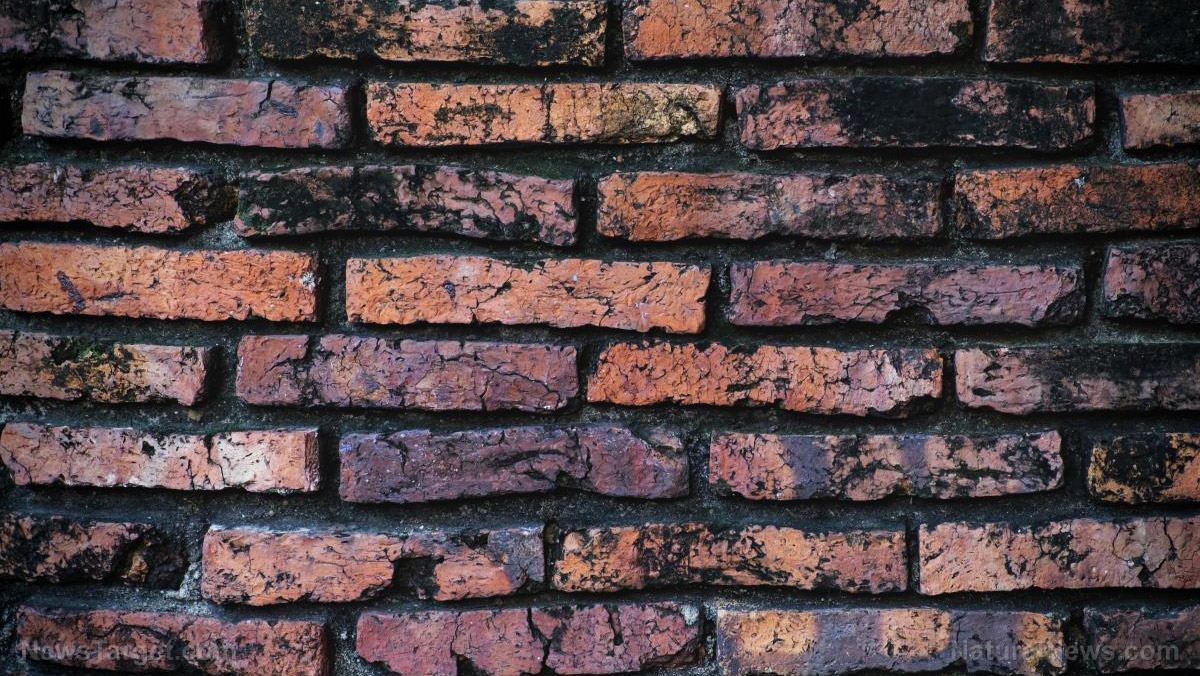Futuristic roads now mixing recycled plastic with asphalt making them last 10x longer
05/08/2017 / By Bridgette Wilcox
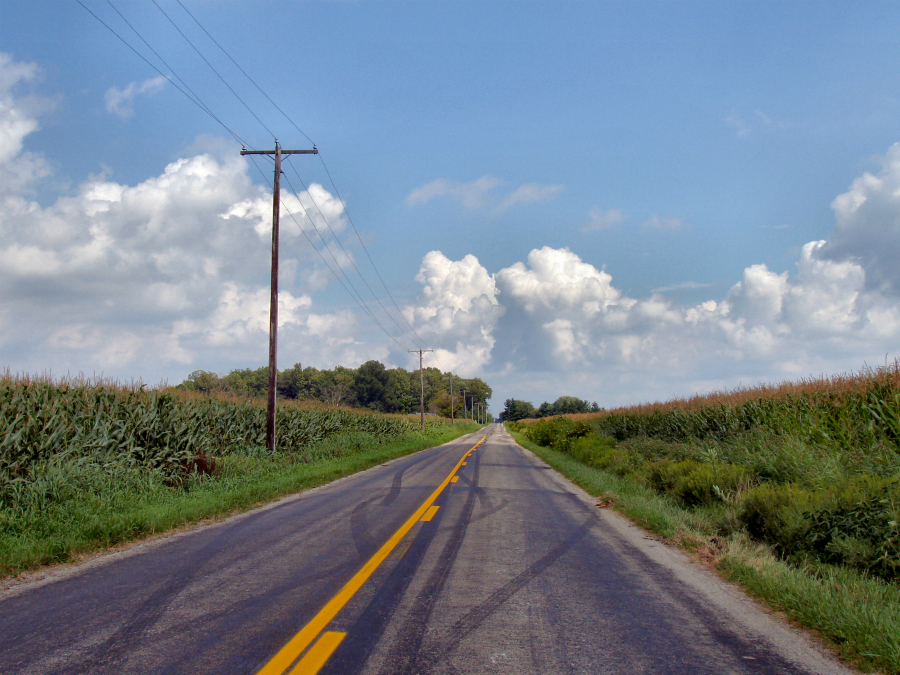
A British engineer has used recycled plastic to build a road, providing another potential solution to the mounting problem of plastic pollution that is killing the world’s marine wildlife and threatening public health. According to a story on Curbed.com, Toby McCartney paved his own driveway by enhancing asphalt — the crude oil-based component in road mix — by combining it with plastic waste, cut into tiny pellets. The resulting road is supposedly 60 percent stronger than conventional roads, and 10 times more durable. Cumbria, a county in Northwest England, has reportedly started using McCartney’s product in their own public roads.
On the website of his company, MacRebur, McCartney said that he got the idea for using plastic in roads while in India, where he saw locals melting plastic trash as makeshift fillers for potholes. Instead of melting plastic — which is actually harmful to the environment — he got the idea to instead mix it into road building material as a binder additive. Eighteen months of testing later, McCartney is now offering the asphalt enhancing product under the brand name “MR6”, though a patent is still pending.
The threat of plastic
Products such as MR6 are especially relevant today, as the world continues to be plagued by a seeming unstoppable plastic problem.
According to an article on Ecowatch.com, the average American throws away 185 pounds of plastic a year. This is particularly problematic considering that it takes 500 to 1,000 years for plastic to fully degrade — but since they are not biodegradable, they will not break down into biomass or any natural element. Instead, they break down into microplastics, which are potentially more harmful. Ten metric tons of plastic fragments are emptied into the Pacific Ocean on a daily basis — and that’s only in the Los Angeles area. The plastic-polluted oceans has resulted to the death of one million seabirds and 100,000 marine mammals a year, many of them found with stomachs overflowing with plastic. Additionally, 44 percent of seabird species, 22 percent of cetaceans, and all species of sea turtles were found to have plastics in or around their bodies.
But it isn’t just the wildlife that is affected by this problem: a staggering 93 percent of Americans above the age of six were found to have BPA, a toxic chemical found in many types of plastic. The toxins from plastic can cause a number of health issues, as listed on Ecologycenter.org. Absorbing these toxins by ingesting microplastics (and we all unknowingly do so) could cause endocrine problems, hormonal imbalance, birth defects, skin disease, and even cancer.
Plastic solutions
Thankfully, more and more people are engineering new and innovative ways to keep plastic waste out of landfills. Leading sportswear brand Adidas is one of them, releasing a running shoe made partially out of recycled plastic in partnership with environmental advocacy group Parley for the Oceans.
At the same time, there is a growing movement for the practice of ecobricking. Ecobricks are plastic bottles, usually from soda or drinking water, that are packed solid with non-biodegradable waste. When packed, the bottles are then used as non-toxic building material, ideal for community garden spaces and even homes. The ecobrick movement is pioneered by a team of environmentalists that form the Global Ecobrick Alliance, who go around their respective regions to make sure that ecobricking is done right — from packing, to building.
One doesn’t have to be an engineer or dedicated environmentalist to help solve the plastic problem. Renouncing the use of straws, bringing reusable shopping bags, and not buying plastic ware are just some of the many easy changes that one can adopt to reduce their plastic usage.
Learn more about protecting the planet on GreenLivingNews.com.
Sources include:
Tagged Under: green living, recycling



